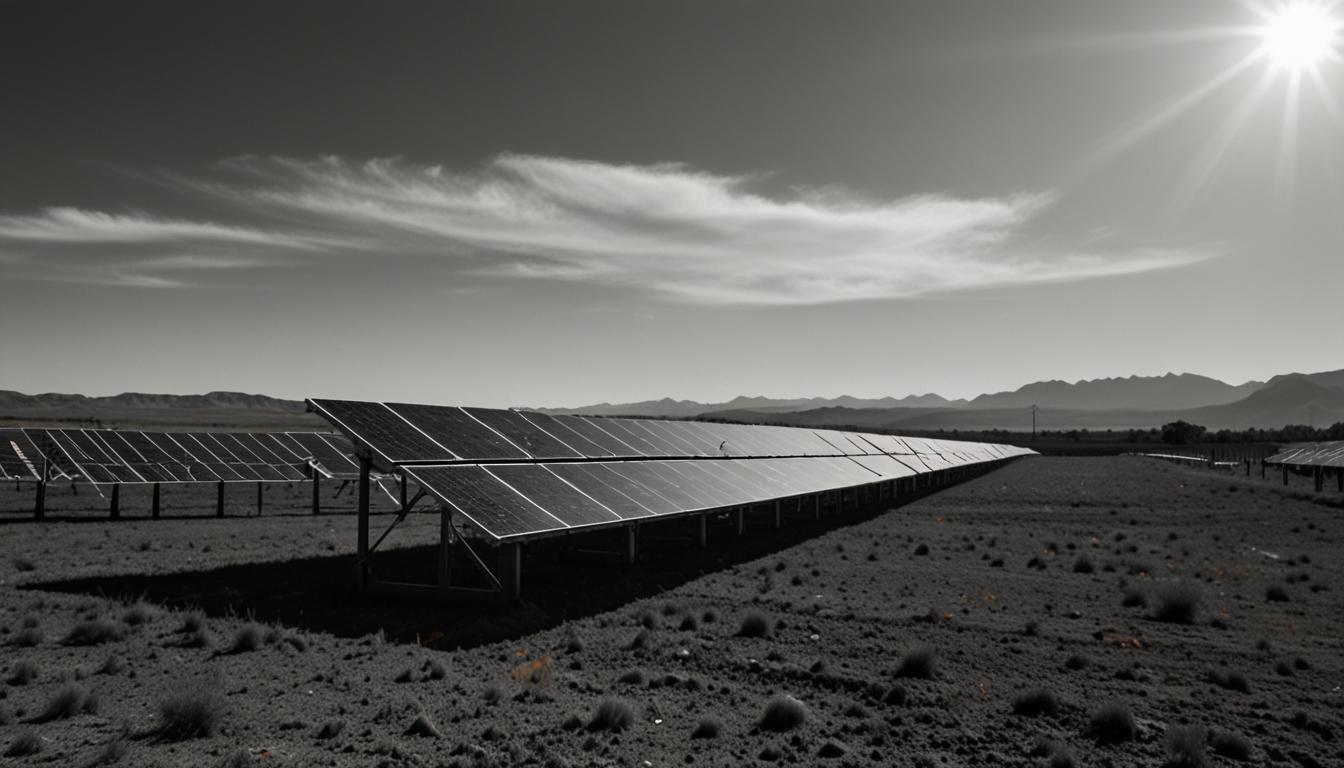Solar photovoltaic (PV) energy is rapidly growing globally, with the UK and Australia making significant strides in expanding their solar capacities. Technological advancements and market dynamics are reshaping the energy landscapes in both nations, highlighting a shift towards renewable energy sources.
Rise of Solar PV and the Solar Landscape in UK and Australia
Solar photovoltaic (PV) energy is recognized as the fastest-growing energy source worldwide and is poised for exponential growth. According to DNV’s 2023 Energy Transition Outlook, solar PV is expected to increase 17-fold from 2022 to 2050. By then, it will account for 54% of global generation capacity and 39% of on-grid electricity.
The increasing adoption of solar in various markets has led to renewable energy mixes regularly meeting 100% of daily demand. High penetration of rooftop solar is causing daytime electricity prices to drop to nominal or negative values, urging grid operators to balance supply and demand effectively. This market volatility is prompting investments in short-term storage solutions to leverage variable pricing and evening price spikes.
Key technological advancements are playing a crucial role. Digitalization and digital twin technologies are enhancing the efficiency and performance of solar farms and distributed rooftop systems. For accurate solar production predictions, the industry is increasingly dependent on historical and forecast solar irradiance data, benefiting developers, operators, power traders, and grid operators alike.
High-resolution satellite imagery and advanced modeling of clouds, aerosols, and terrain contribute to the accuracy of these predictions. Solcast, for instance, updates data every five or ten minutes over 100 million points around the world, utilizing inputs like atmospheric pressure and surface reflectivity.
In the UK, solar energy is experiencing remarkable growth. With 15.8GW currently deployed and a target of 70GW by 2035, the UK is emerging as a significant player in the global solar market. This growth is driven by a combination of policy support, decreasing costs, and a national focus on energy security brought to light by recent geopolitical tensions and inflation.
Australia, once a leader due to its sunny climate, is now facing a slowdown in its solar sector. The Clean Energy Council’s report indicated a decline in large-scale solar investments in 2023. Despite this, Australia’s household solar penetration remains among the highest globally.
Both nations are focused on expanding their solar capacities, with the UK pushing ambitious targets and Australia looking to revitalize its solar industry through initiatives like the ‘Powering Australia’ plan.
The mutual ambition to harness the potential of solar energy underscores a broader global trend toward renewable energy sources and a future less reliant on fossil fuels.
